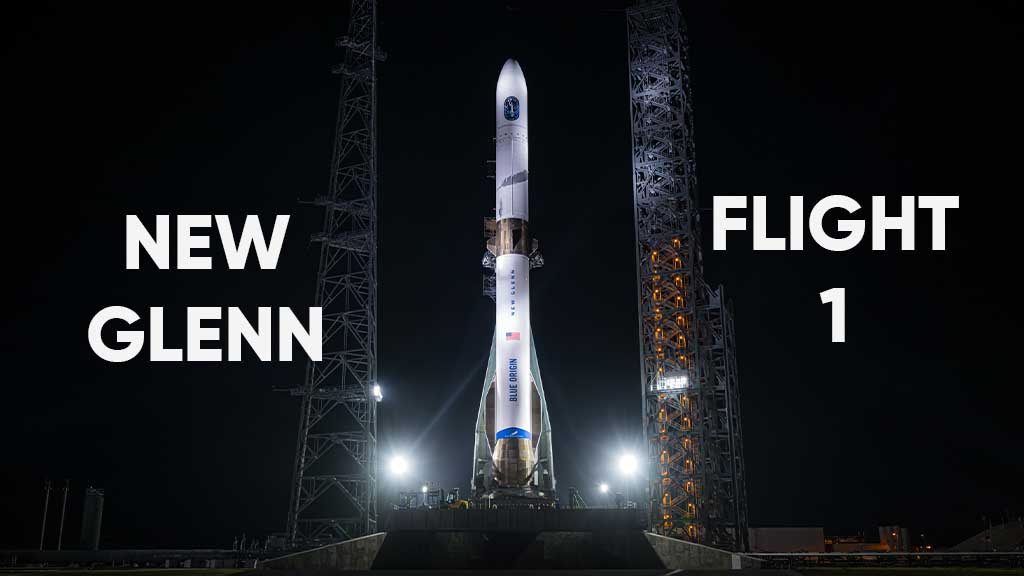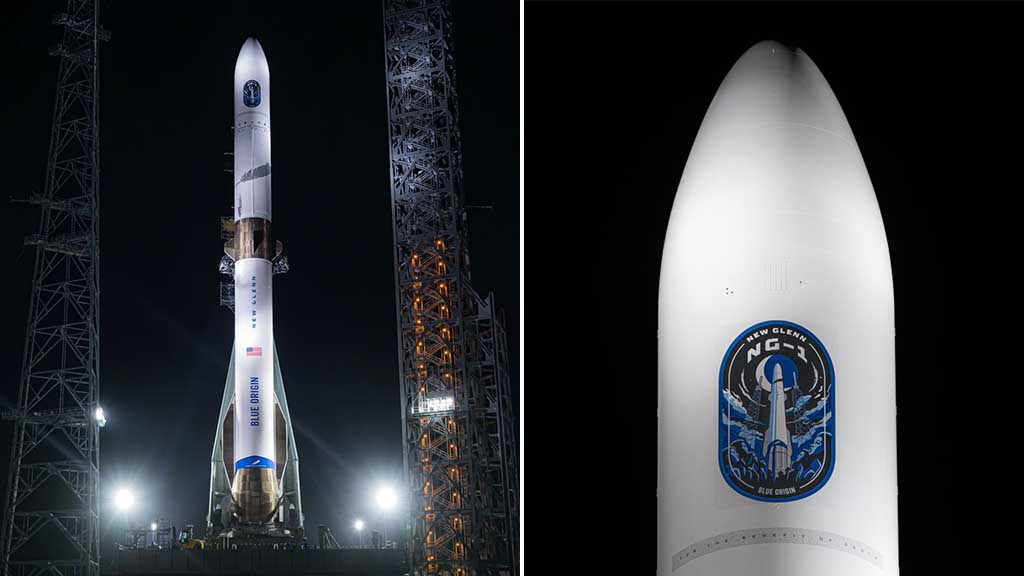Blue Origin
How To Watch Blue Origin New Glenn (NG-1) Launch [Live]

Blue Origin will launch the New Glenn (NG-1) mission on January 13 with a three-hour launch window that will open at 1 AM EST, this event will broadcast on different channels, and here’s how you can watch it live.
Update – Blue Origin has called for a scrub for the first New Glenn rocket launch due to a subsystem issue. The company is yet to announce another launch opportunity, check more information here.
The first New Glenn launch live broadcast will start 60 minutes prior to liftoff, and you can watch on Blue Origin’s social media site X and YouTube their links will be updated below.
The NG-1 countdown clock is proceeding. The three-hour launch window opens at 1 a.m. EST (0600 UTC).
Live webcast begins here 20 minutes before launch.https://t.co/wDtmxoDKRs
— Blue Origin (@blueorigin) January 16, 2025
Blue Origin
New Glenn will liftoff from Launch Complex 36 at Cape Canaveral Space Force Station, Florida. This will be Blue Origin’s first flight certification for National Security Space Launch missions.
This is a 320-foot-tall two-stage rocket with a seven-meter payload fairing, which can carry a large payload volume. The first stage consists of seven BE-4 engines, each can generate 550,000 lbf thrust at sea level with deep throttle capability.
The first stage is designed to land on an autonomous droneship named Jacklyn stationed in the sea. The process is similar to what we’ve seen in Falcon 9 rockets, the ship will perform hot-staging and boostback the booster to the landing site.

Credit – Blue Origin
It is equipped with four actuated aerodynamic control surfaces for attitude adjustment during descent and landing. On the other hand, the Wing-like strakes provide lift and cross-range during descent back to Earth.
Prior to landing, the first stage will expand its six hydraulically-actuated legs to secure foot on the droneship.
The second stage will take the mission to orbit with a Blue Ring Pathfinder payload. It will be the first Blue Ring mission that will enable the company to test its key technologies in space and improve them for future missions.












